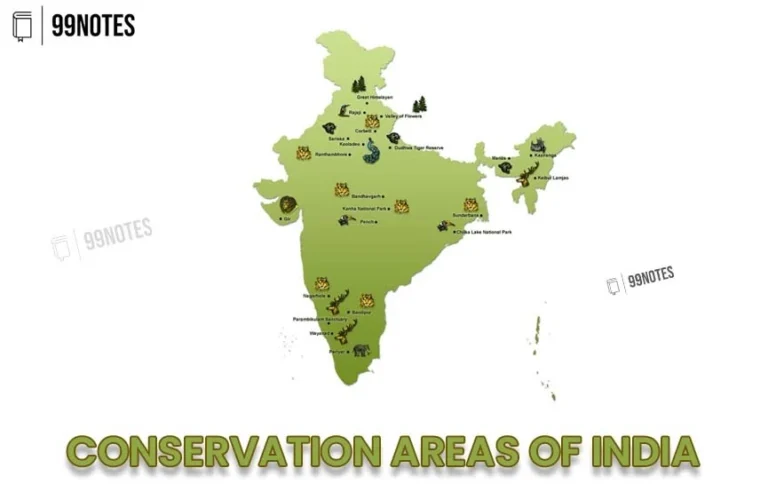Article 36 of Constitutions of India – Definition
Article 36 of the Constitution of India defines the term “State” for the Directive Principles of State Policy (DPSP). It’s located in Part IV of the Constitution.
Original Text of Article 36 of Constitutions of India
In this Part, unless the context otherwise requires, “the state” has the same meaning as in Part III.
Questions related to Article 36 of Constitution of India
Article 36 simply states that the word ‘State’ in Part IV (Directive Principles of State Policy) shall have the same meaning as given in Article 12 of the Constitution of India.
It clarifies that Directive Principles apply to the same authorities (government, Parliament, state legislatures, local bodies, etc.) as defined in Article 12. This linkage strengthens the intent of the Indian Constitution.
Generally, no. It applies to public authorities as defined in Article 12. However, in certain cases where private bodies perform public functions, courts (like those cited in Indian Kanoon) may interpret them as falling under the purview of the Articles of Indian Constitution.
Article 36 acts as the starting point of Part IV of the Constitution of India, which outlines the Directive Principles that guide the State in governance, including areas like social justice, education, and economic welfare.
You can check Indian Kanoon for case law that interprets Article 36 in the context of state obligations, public policy, and the implementation of Directive Principles under the Indian Constitution.
For Further Reference:
Other Related Links:

